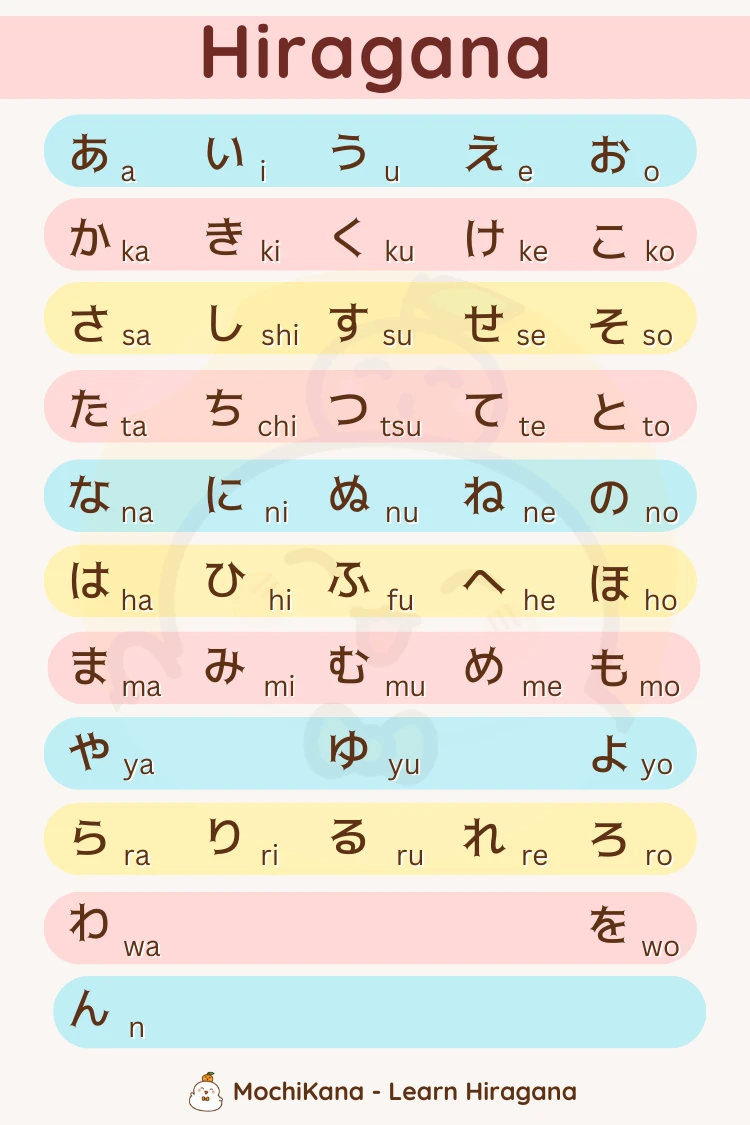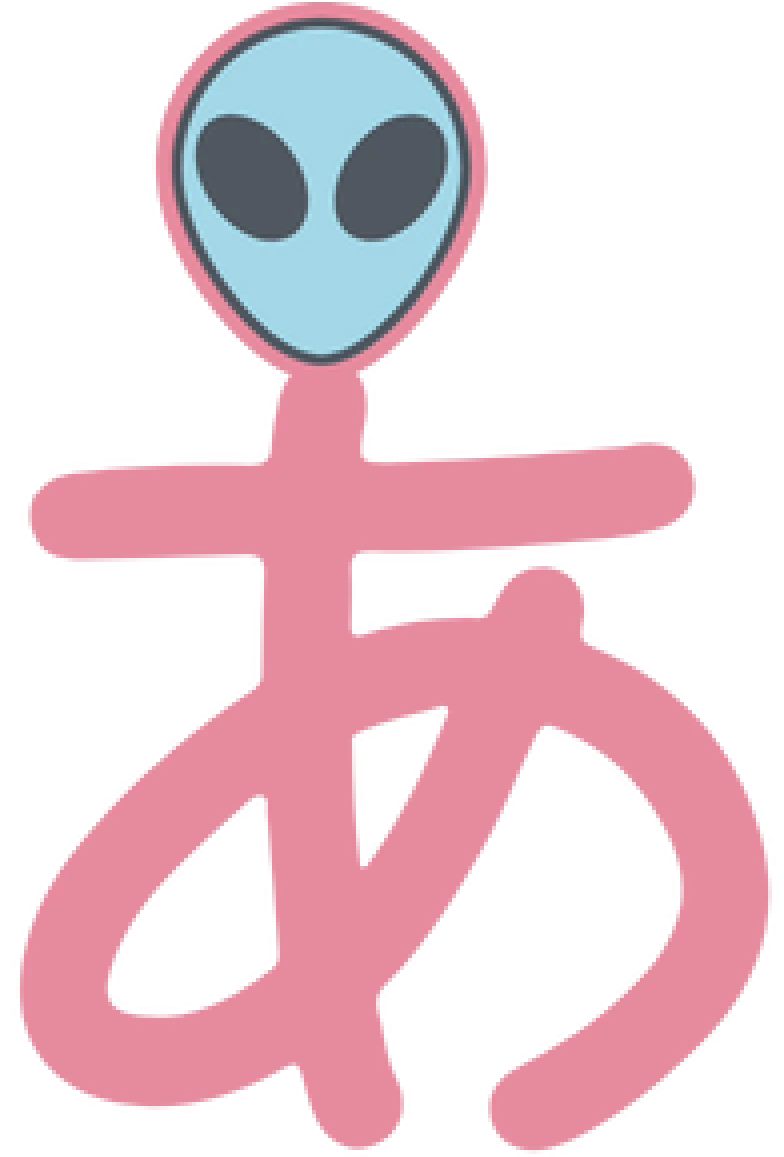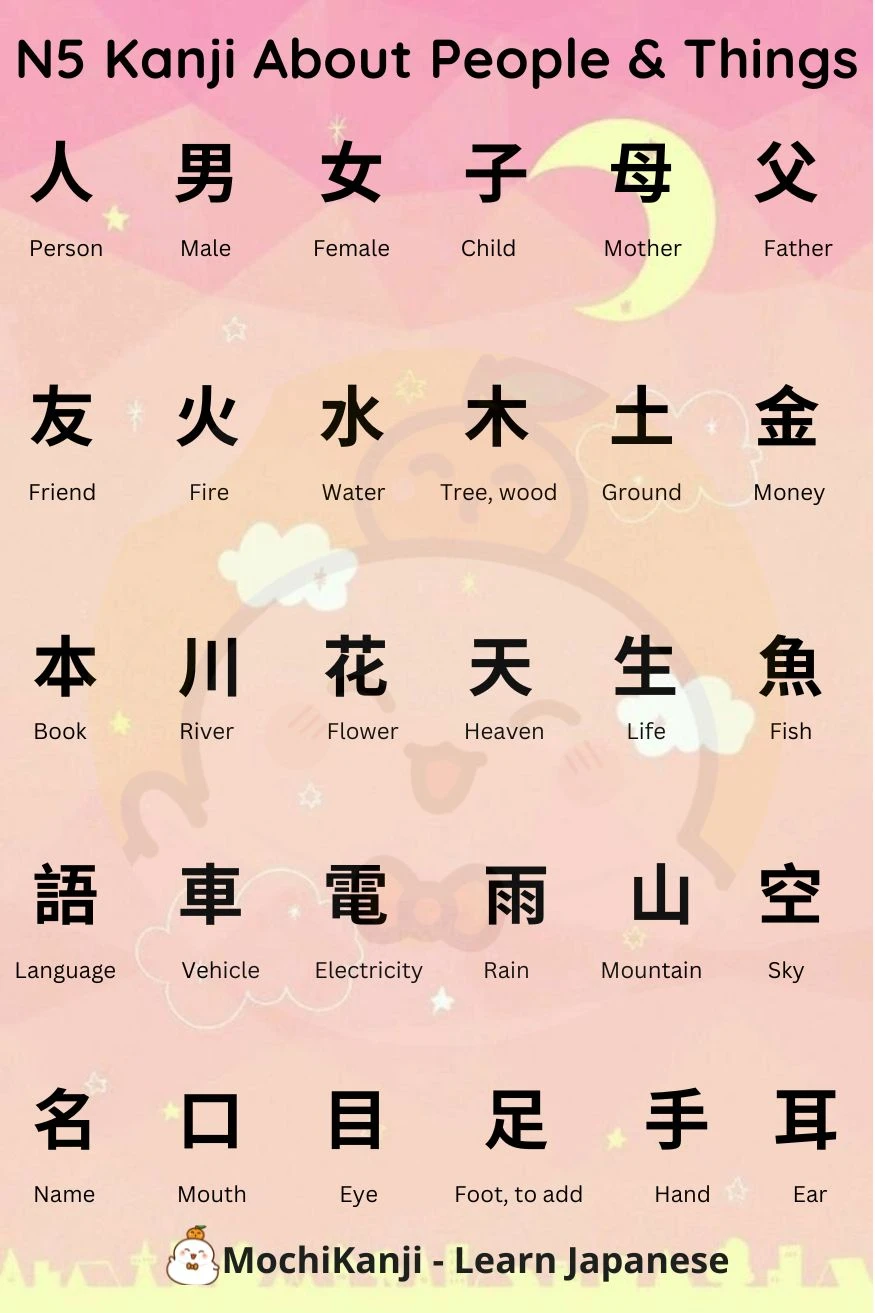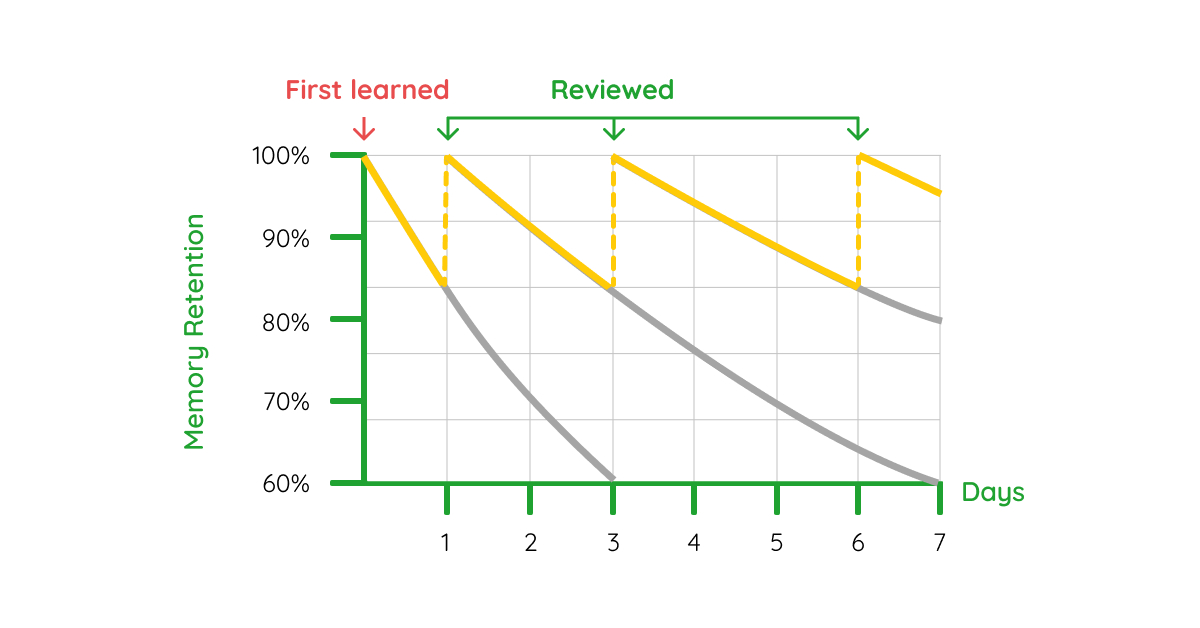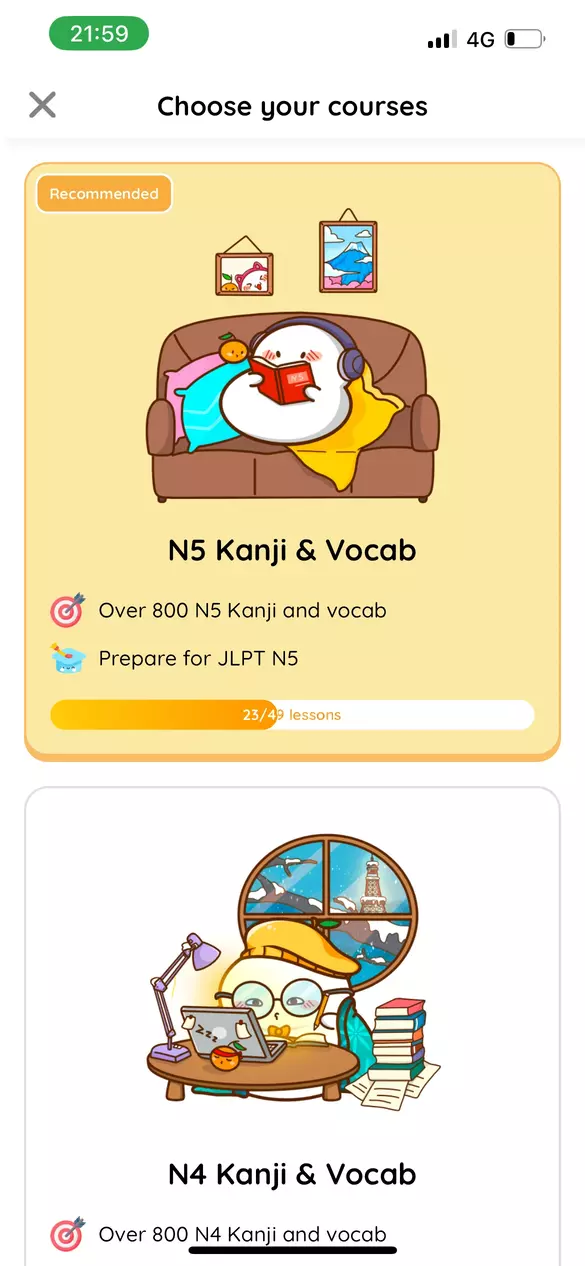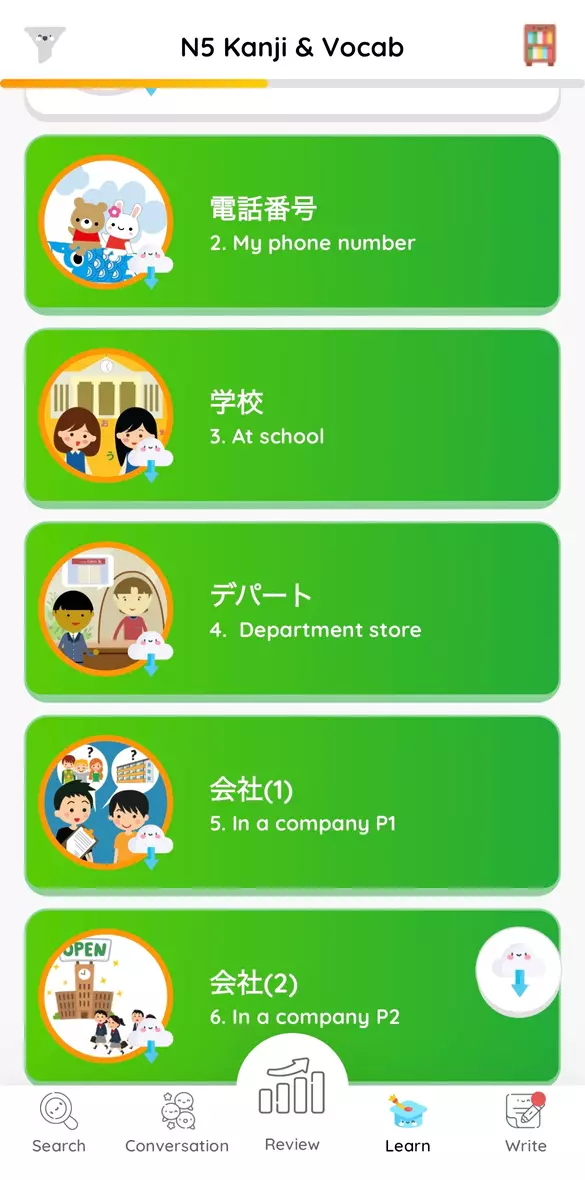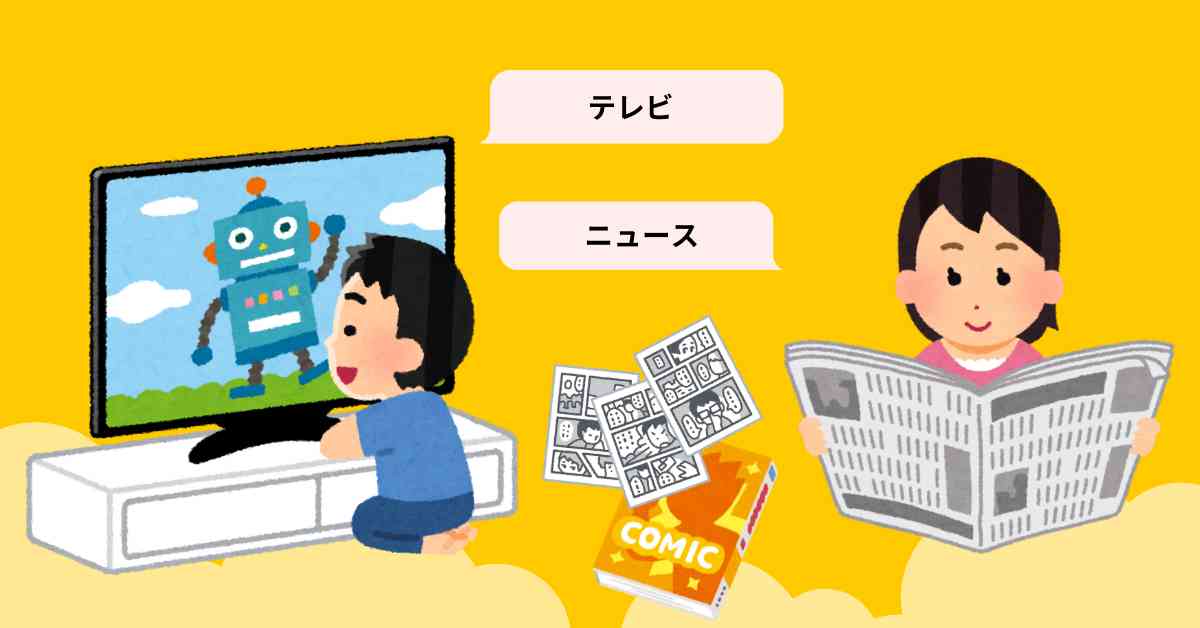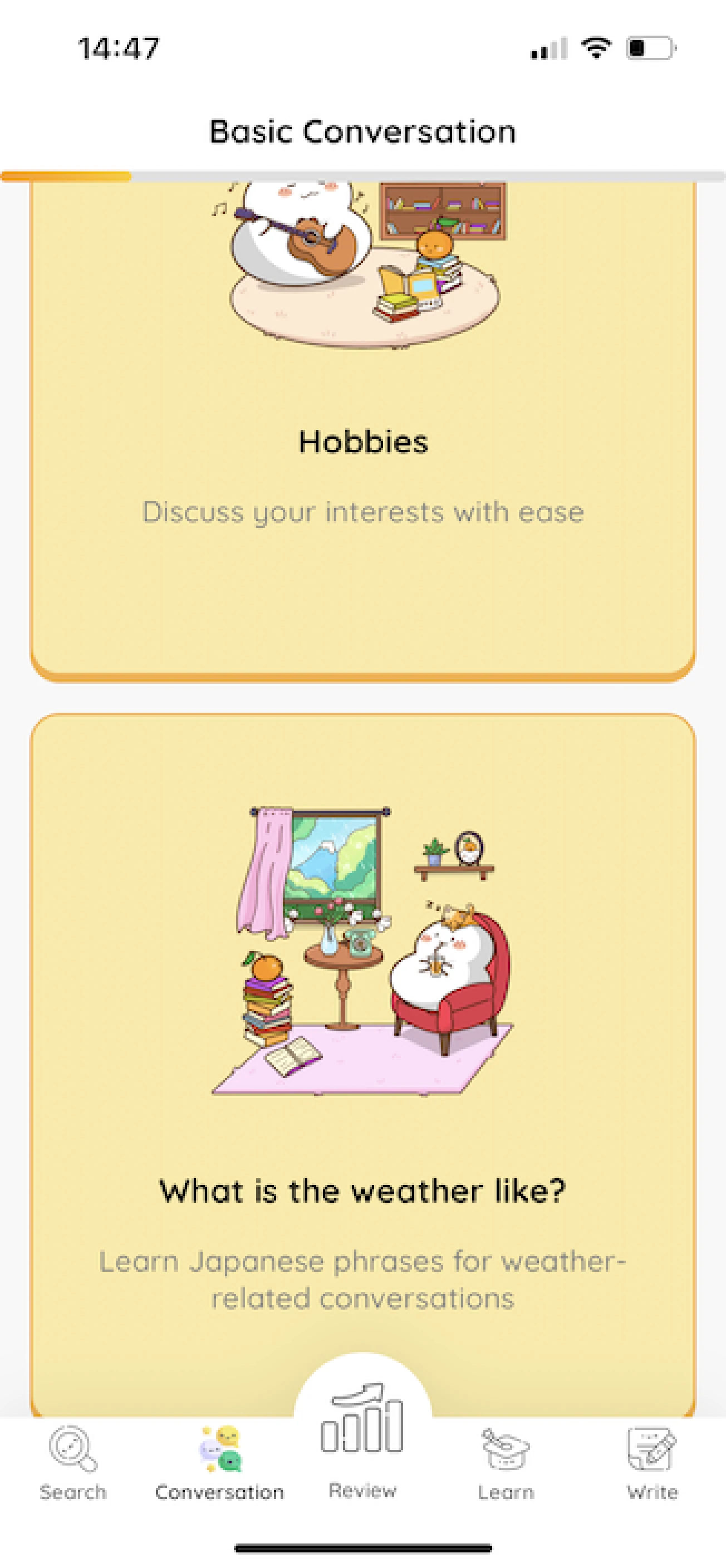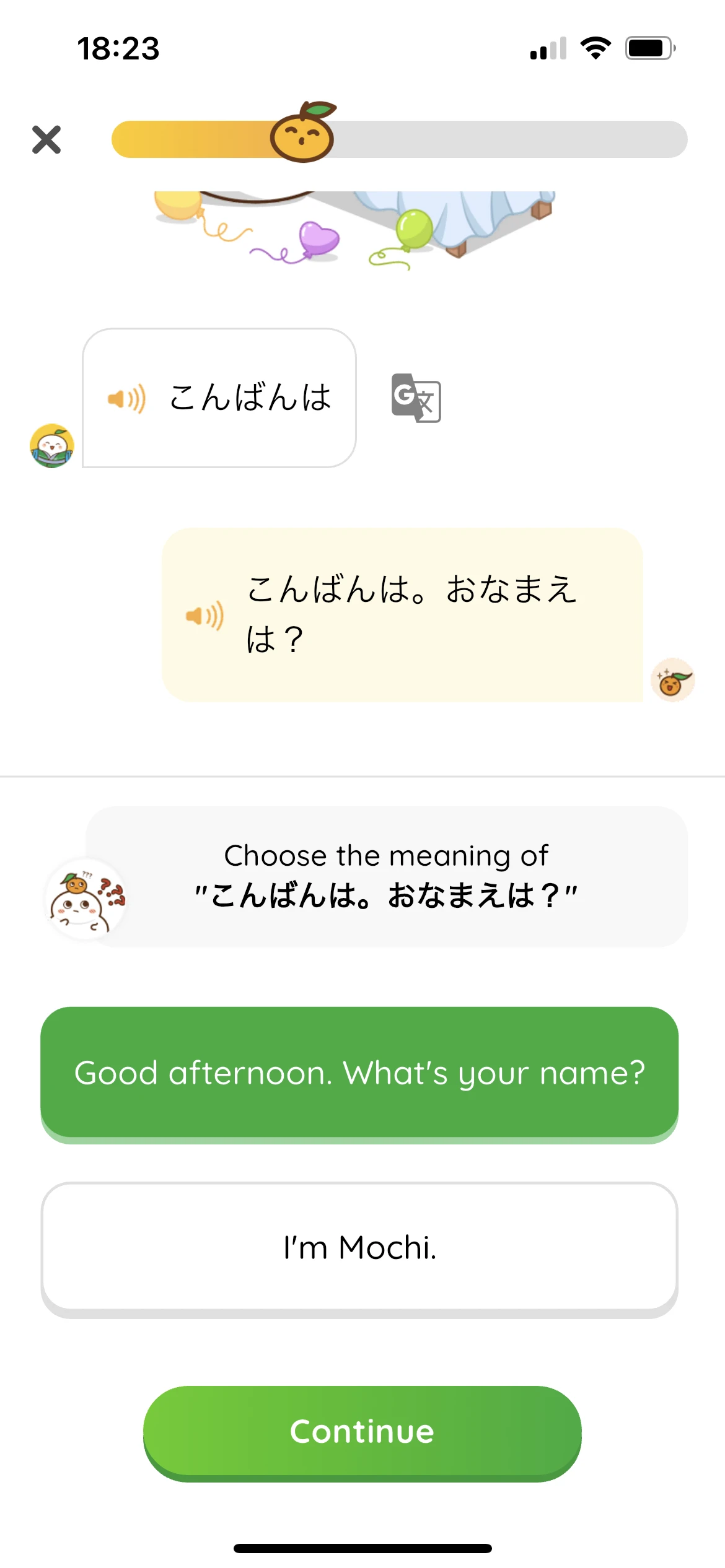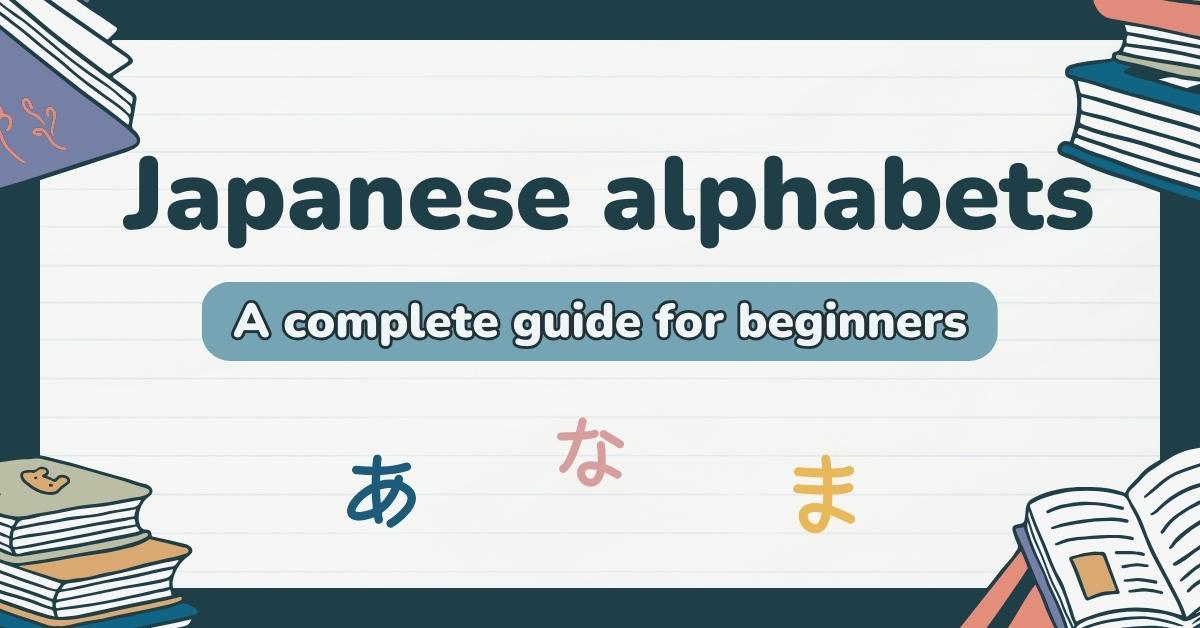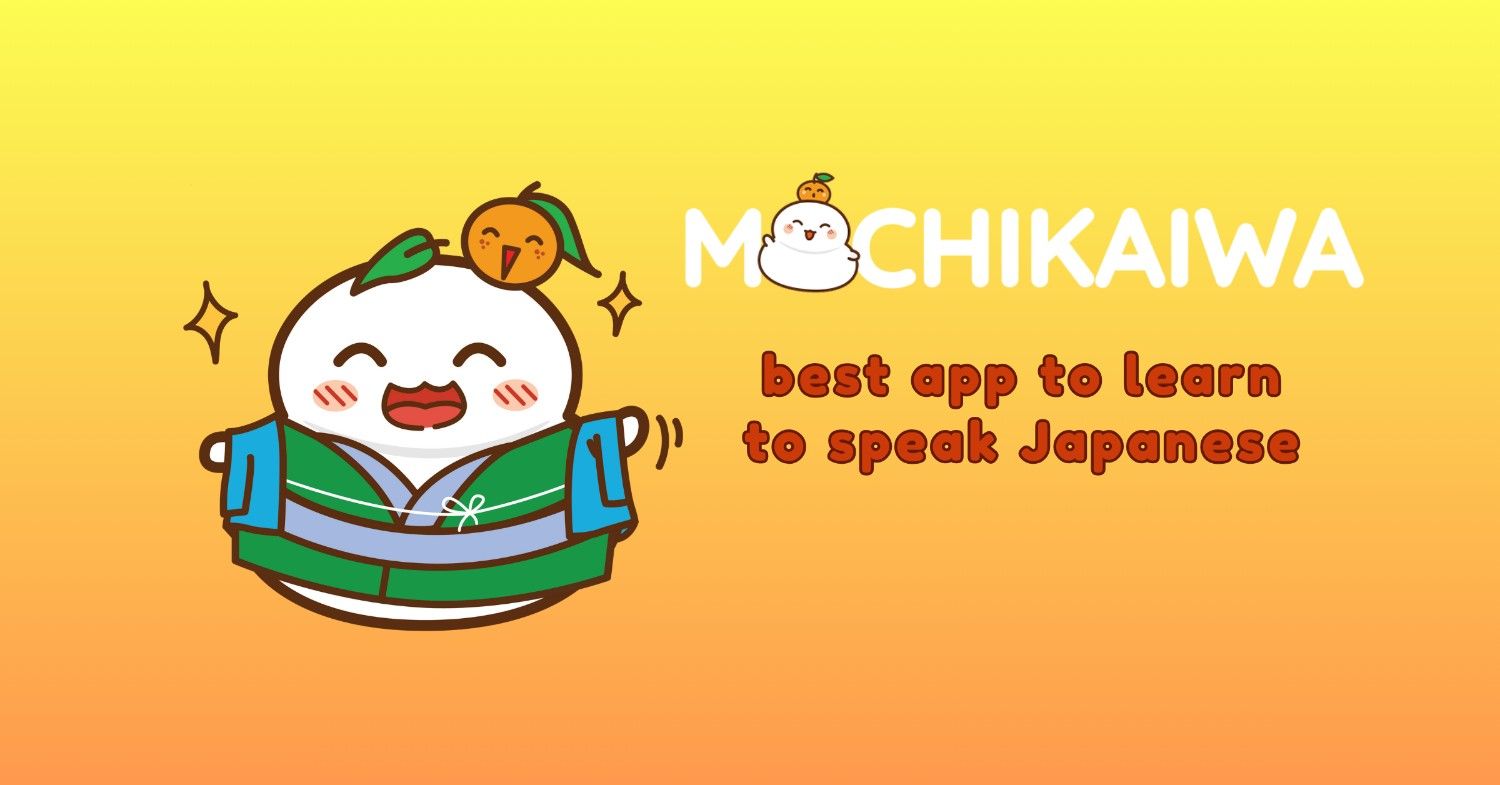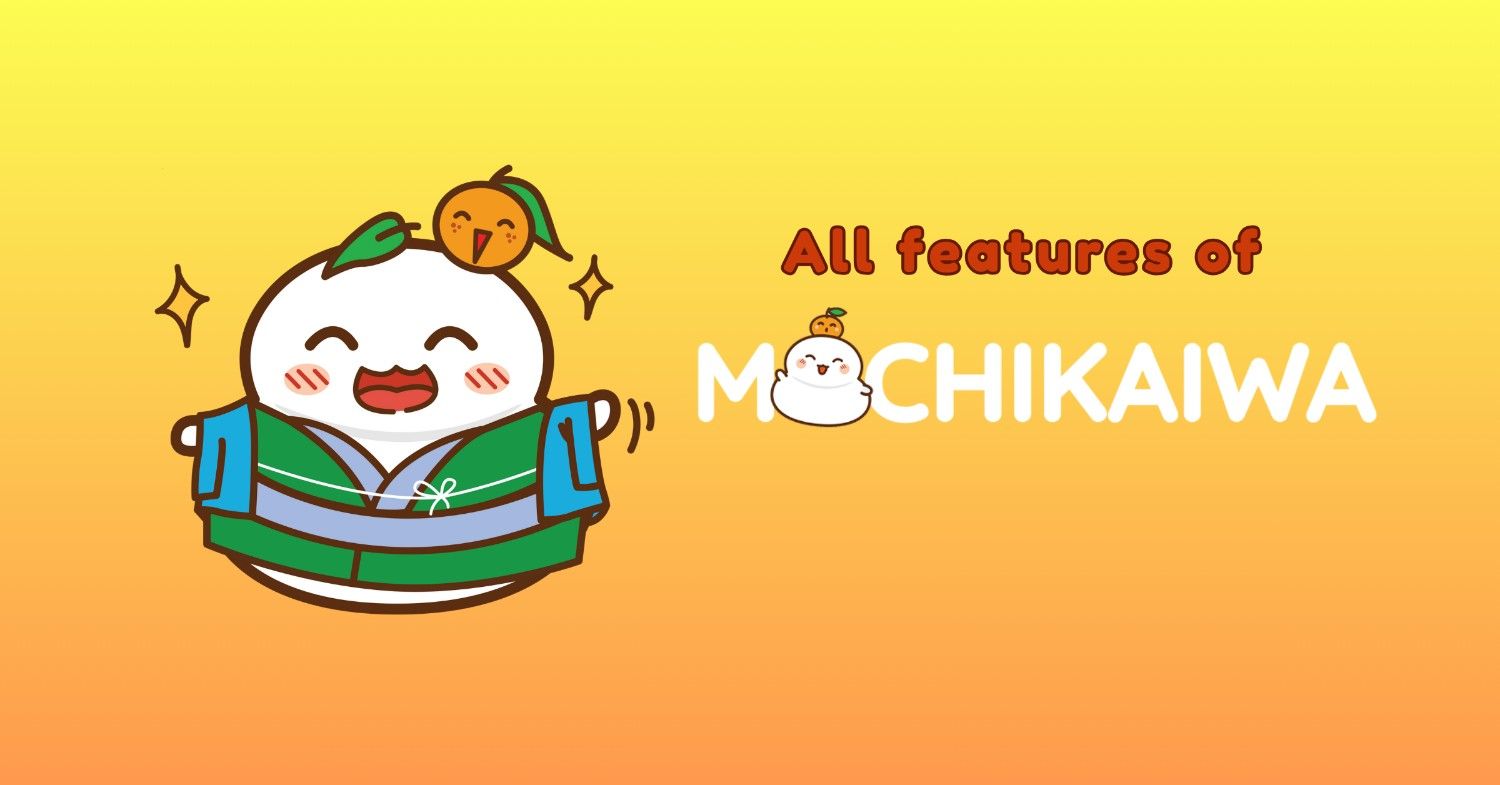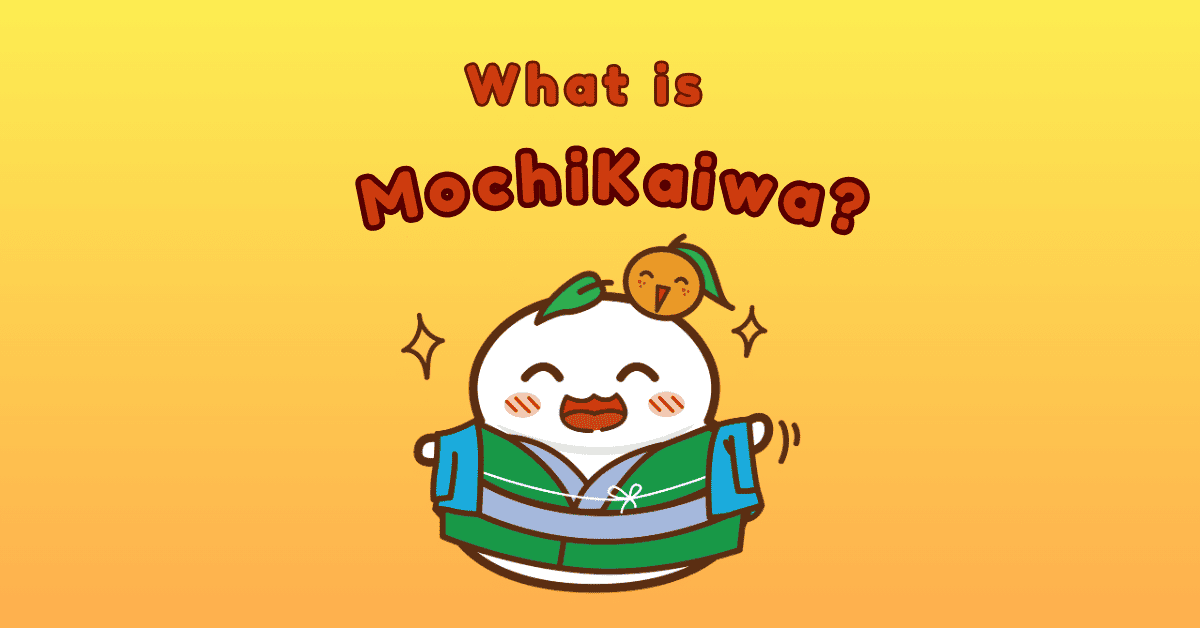Among the myriad of languages around the world, Japanese stands out as a captivating choice, drawing learners with its rich history, unique script, and vibrant contemporary culture. If you want to start learning Japanese but are not sure what to do first and what process is effective and faster to master the language, then please keep reading this article.
Also, if you’re finding the best way to learn Japanese, we sad to say that there is no shortcut, but here is an effective learning path we created to help you study Japanese systematically.
All right, let’s get started!それでは始めましょう!
- Step 1: Understanding the Japanese language landscape
- Step 2: Setting your Japanese learning goals
- Step 3: Learning the basics: Japanese Alphabets
- Step 4: Learning Kanji and Japanese words
- Step 5: Using a textbook to learn Japanese grammar
- Step 6. Engage with Japanese native speakers
- Step 7. Use Multiple Resources
- Step 8: Immerse Yourself
- Step 9: Bonus tips for learning Japanese

Step 1: Understanding the Japanese language landscape
Before learning Japanese, it’s crucial to grasp the fundamental aspects of this language. Japanese has a complex writing system, which comprises three scripts: Hiragana and Katakana (two syllabaries representing native Japanese sounds and borrowed words), and Kanji (characters borrowed from Chinese). Mastery of these scripts is essential for proficiency in reading and writing Japanese
Step 2: Setting your Japanese learning goals
This is an important step for all language learning processes. Having a clear objective, such as conversational fluency or a new chance for work, will guide your appropriate learning path since each learning purpose has a different learning method.
For instance, if you are learning Japanese to take the JLPT certificate for having a job or living in Japan, it is necessary to study this language step by step and schedule your learning plan strategically. However, if you are exposed to the Japanese language to watch anime without subtitles, your learning schedule differs dramatically. Anyway, whatever your reasons are, we will guide you a step-by-step schedule to use Japanese basically.
After defining your learning purposes, the next step is to set short term and long term goals to stay motivated. To be more specific, you wanna pass the JLPT N3 exam, which requires you to get the hang of 650 Kanji and 3,000 Japanese words, so your short-term goal is to pick up 20 – 30 new words & Kanji and review them consistently per day. From there, you will know how to learn and practice to achieve your goal.
It’s great to write down your goals and put them somewhere you can see daily to stay motivated and keep your discipline in the study. Note that setting your goals should be based on the SMART principle, which is specific, measurable, achievable, realistic and time-bound. So, when you write your goal, don’t forget to define a specific time for that goal. The more specific your goal, the easier you can get it. An example for a SMART goal is “I’m in level N4, and my goal is to pass JLPT N3 next 6 months.”
Step 3: Learning the basics: Japanese Alphabets
You determined the reason why you are studying Japanese, now we will move on to the most basic part in Japanese that all learners have to know. The first thing you need to do is learn the Japanese writing system. Learning the Japanese writing system is very daunting for an English speaker because of how different it is from the English alphabet. Additionally, the Japanese writing system is really three writing scripts that work together. These three scripts are called Hiragana, Katakana and Kanji. Of which, Hiragana and Katakana (also called Kana) serve as a foundational knowledge of learning Kanji. Here are some steps to help you learn them effectively.
1. Start with Hiragana: Hiragana is the basic syllabary used in the Japanese writing system. Begin by learning one row at a time (あ-い-う-え-お, か-き-く-け-こ,…) and gradually add new rows.
2. Practice writing: Regularly practice writing Kana (Hiragana & Katakana) characters on paper. This will help you memorize the stroke order and improve your handwriting.
3. Drill exercises: Utilize flashcards, online quizzes, or smartphone apps that provide practice exercises for hiragana and katakana.
4. Write and repeat: Write out each character multiple times, saying the pronunciation aloud as you write. Repetition is key to reinforcing your memory.
5. Use mnemonics: Mnemonics provide a creative and memorable way to associate Hiragana and Katakana characters with familiar images or stories. Associate each Hiragana or Katakana character with a vivid image or story that helps you remember its shape and sound. For example, the Hiragana character あ (a) could be associated with an “alien”, while i (い) might be visualized as a “ice cream” stick.
Another way to master Kana in just one week is using an app called MochiKana – Learn Hiragana. MochiKana divides all characters from basic to advanced into many lessons, practices, and mock tests. With this step-by-step learning path, you are able to become familiar with basic Japanese gradually in a short time. Additionally, MochiKana offers various learning games such as vibrant flashcards, audio quizzes, multiple choice questions and writing practices, which will help you master Hiragana and Katakana characters without getting bored.
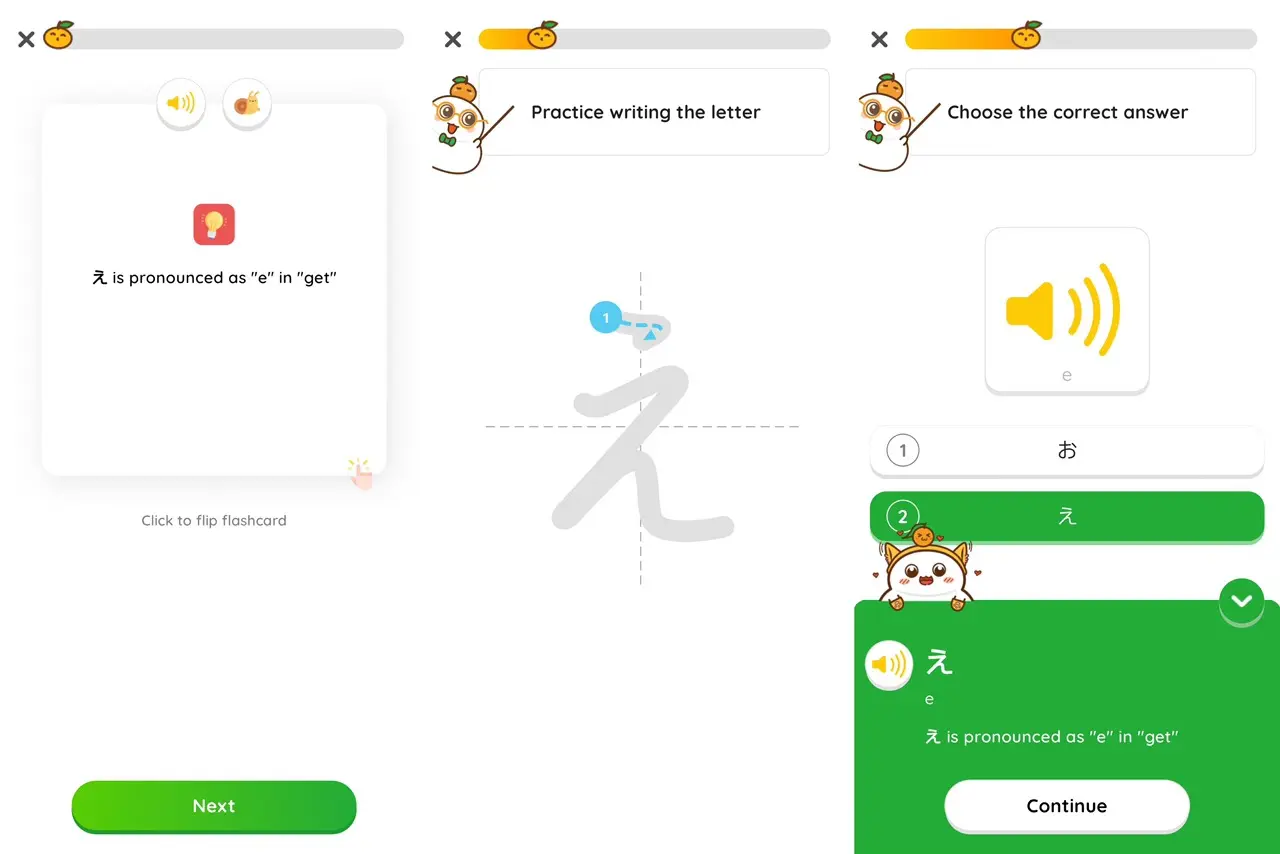
Step 4: Learning Kanji and Japanese words
It takes only 1-3 weeks to learn these scripts. So, make sure that you master them before we move on to the next step: Getting exposure to learn Kanji. It’s important to learn Kanji, a critical aspect of learning Japanese, which consists of thousands of Chinese symbols that represent entire words, ideas or phrases. Knowing very basic Kanji will enable you to understand, speak and write simple Japanese. But since there are too many kanji, it requires around 2,000 kanji to achieve fluency in Japanese, so don’t think about memorizing all of them before starting to learn vocabulary and grammar. You should start with 100 basic Kanji in N5 level then move on to other complicated Kanji characters.
Kanji is challenging not only because of its large number but also because of its complexity. Kanji often have at least two meanings or readings, and they also have intricate stroke order. So one of the most challenging aspects of Japanese learners when studying Kanji is that they don’t remember them well. How to read this Kanji, how to write and what’s its meaning are the challenges that learners have to deal with before understanding Kanji clearly.
Kanji is hard like that. But don’t worry, We want to reassure you! In this issue, We will introduce the best way to learn Japanese Kanji:
First, learn Kanji along with vocabulary
Kanji have multiple readings and meanings but you are not required to memorize all of them if you acquire them through vocabulary. For instance, the Kanji character “先”: In the word 先生 meaning teacher, the Kanji “先” is pronounced as “せん – sen,” while in the word “先ず” meaning first, it is pronounced as “ま – ma.” Therefore, when learning Kanji through vocabulary, you could remember all the meanings accurately via each context.
Second, learn Kanji stroke orders
We recommend learning the stroke order as well. The stroke order comes in handy when understanding kanji. By writing according to the stroke order, one can write beautiful characters, and complex kanji can be easily understood by looking at them in detail. If these points are kept in mind, kanji will become somewhat more familiar.
Third, try Spaced Repetition system
You should apply the Spaced repetition technique especially if you’re struggling in learning many Kanji and vocabulary in a short time. The Space Repetition System is also a scientific and useful technique in learning Japanese words. It is a learning method that allows students to learn effectively by extending the interval between the previous learning and the review of that learning. By reviewing what you learned when you are about to forget, you could improve your memory ten times better.
That specific timing is the best time to memorize. But you may think that you don’t know when it is the right time. That is where We introduce MochiKanji – Learn Japanese for you.
MochiKanji is a Kanji and vocabulary learning app that uses Golden Time, based on Spaced Repetition, to optimize your study. It tracks your learning history and sends automatic reminders for review at the best times, helping you effectively memorize 1,000 words and Kanji in a month. Let’s try it!
Step 5: Using a textbook to learn Japanese grammar
After learning Hiragana and Katakana and having a basic knowledge of Kanji, start using a textbook and invest time in understanding basic sentence structures and grammar. For beginner, We recommend using “Genki1” or “Minna no Nihongo” textbook. Both of them are suitable for beginners as they cover a lot of ground and will introduce you to the language to a proficient level. While Genki is about the comprehensive and well-structured approach that covers grammar, vocabulary, kanji, and practical communication, Mina no Nihongo emphasizes using Japanese in authentic contexts from the beginning, encouraging learners to apply what they’ve learned in real-life situations. Choose one textbook, don’t need to use several textbooks at once.
There are also many free videos online so it’s possible to learn by yourself for free, but especially for beginners,We do recommend finding a private Japanese teacher. Once you find your favorite tutor, We recommend taking lessons with the same teacher for a long period of time. Your teacher would understand your weaknesses and habits well, so it will help you to improve faster!
Step 6. Engage with Japanese native speakers
Engaging with native speakers is a pivotal step in mastering any language, and Japanese is no exception. Using language exchange platforms like HelloTalk and iTalki offers learners the opportunity to immerse themselves in real-life conversations with native Japanese speakers. These interactions provide a context that is as close as possible to being in Japan, allowing learners to practice and refine their speaking and listening skills in a dynamic and natural environment. Such platforms not only facilitate direct communication but also offer instant feedback on pronunciation, grammar, and usage, which is crucial for effective learning.
This hands-on practice helps demystify the complexities of the Japanese language, making it more accessible and understandable. Additionally, conversing with native speakers can expose learners to various dialects and cultural nuances, enhancing their overall linguistic and cultural competence. By regularly interacting with native speakers, learners can accelerate their language acquisition, gain confidence in their abilities, and foster a deeper appreciation for the Japanese language and culture.
Step 7. Use Multiple Resources
Combining different tools and apps to enhance language learning is a highly effective strategy, especially for mastering a multifaceted language like Japanese. Utilizing a variety of resources allows learners to develop a well-rounded skill set, encompassing speaking, listening, reading, and writing. For instance, apps like Duolingo or Rosetta Stone can lay a solid foundation in vocabulary and grammar, while platforms such as iTalki or Tandem provide opportunities for speaking practice with native speakers. Complementing these with listening exercises available on websites like JapanesePod101, or integrating reading practice through NHK Easy Japanese news, ensures that all language aspects are covered.
Furthermore, using tools such as MochiKanji – Learn Japanese for spaced repetition helps in memorizing Kanji and vocabulary effectively. By engaging with multiple tools, learners can ensure they are not only learning Japanese in a comprehensive way but are also able to retain and apply their knowledge more effectively.
Step 8: Immerse Yourself
Listen to Japanese podcasts, watch anime or Japanese TV shows with subtitles, and read simple Japanese books or articles. Immersion helps you get used to the natural flow and sounds of the language, improving your listening comprehension. Exposure to Japanese culture is also an effective way to learn Japanese. In your daily life, try to listen, read, and write Japanese as much as possible. Instead of watching TV shows or movies in your language, watch Japanese movies, dramas, anime, and videos.
In particular, We recommend anime such as “葬送のフリーレン” and books such as “ようこそ実 力主義の教室へ” as a way to learn Japanese while having fun. Listen to a Japanese podcast. The purpose is to familiarize your ears with Japanese, so it’s totally okay if you still cannot understand well. What’s more, you can try to read a book, comic, and an article in Japanese. Especially for beginners, We recommend reading a children’s book and a comic about everyday life.
Step 9: Bonus tips for learning Japanese
Most people’s purpose in learning Japanese is to be able to communicate with Japanese people. To be fluent in Japanese, you need to actually talk with people. We recommend making a Japanese friend and talking to them in Japanese. Depending on the area you live, you may think it’s difficult to find a Japanese person. But you can search if there is a Japanese community in your area, or you can find a language partner online as well. If it’s possible, We recommend that you actually go to Japan and communicate with local people. You may make some mistakes or you may not hear what they say and you may feel embarrassed. But it’s totally fine, that means you are in the process of becoming fluent in the language, so don’t worry about it, just keep talking to people. They don’t really care and they don’t remember about your mistake.
In case you don’t find anyone to practice, it’s also effective to use alternative tools. We recommend you to try the Conversation Course in MochiKanji – Learn Japanese. MochiKanji offers daily conversational topics such as traveling, ordering food, and getting directions… with two cute characters Mochi & Michi to help learners gain more input and increase their reflexes in Japanese communications.
Lastly, the most important thing about learning a language is to be consistent because there is no end to learning a language. If you learn step by step, day by day, you will find your language level improving dramatically after a long time. You should practice regularly, even if it’s just for a short time each day, and enjoy your learning process. For example, you can experience a lesson on the MochiKanji app, or you can enjoy a short Japanese anime before going to bed. Anyway, feel free to apply any method that helps you keep going with your study, as long as you feel it’s effective and it piques your interest.
Well, there is no best way to learn Japanese, but the best thing you can do is spend enough time learning this language seriously. Start from the basics, learn day-by-day, and be patient, then the result won’t disappoint you! Remember to stay motivated, persistent, and open-minded throughout your language-learning journey. Those are the best ways to learn Japanese that you’re seeking for. Ganbatte kudasai!
FAQs
What is the most effective way to learn Japanese?
The most effective way to learn Japanese often involves a combination of methods. This includes immersive experiences, such as speaking with native speakers, using language learning apps like MochiKanji for structured vocabulary and kanji practice, and engaging with Japanese media like anime, manga, and music. Setting clear goals and maintaining consistent practice are also crucial.
How can I learn Japanese by myself?
Learning Japanese by yourself is entirely possible. Start with online resources such as language apps, websites, and textbooks. Create a study schedule that includes daily practice, focusing on reading, writing, listening, and speaking. Joining online communities or language exchange groups can also provide motivation and opportunities to practice.
Is 3 months enough to learn Japanese?
Three months can provide a solid foundation in Japanese, especially if you dedicate regular time to studying. While achieving fluency is unlikely within this timeframe, you can learn basic conversational skills and essential vocabulary. Consistent practice and immersion will help maximize your learning.
Is Japanese hard to learn?
The difficulty of learning Japanese varies from person to person. For English speakers, the unique writing systems (hiragana, katakana, and kanji) and grammatical structures can pose challenges. However, with dedication, the right resources, and a positive attitude, many learners find it rewarding and manageable to learn Japanese over time.

